Where to Start
With a new year comes new resolutions and we hope woodworking is one of yours! It can be daunting starting a new hobby, especially with all the information on the internet, it can be difficult to know where to begin. We want to help those new to woodworking get started by guiding them through the basics to build skill, knowledge and confidence.
If you’re new to the site, we recommend taking a look at the tools guides, read up about the tools you have (if any) and get familiar with their uses.

For each tool there is a general guide which gives you a brief overview of the tool and the parts, the buying guide gives you more information about buying the tool including what ones Paul recommends and what to avoid/look out for when buying secondhand, the using guide shows important aspects of the tool in use such as hand and feet positioning and technique, then finally the setting up and sharpening guides give you an overview of how to get your tools set up ready for use and how to maintain them.
Once you have read up about your tools, we recommend heading over to the exercises section. This is a great place to start if certain tools are new to you and you haven’t used them before. The aim of the exercises is to encourage you to practise basic skills which you will come across in several of our courses.
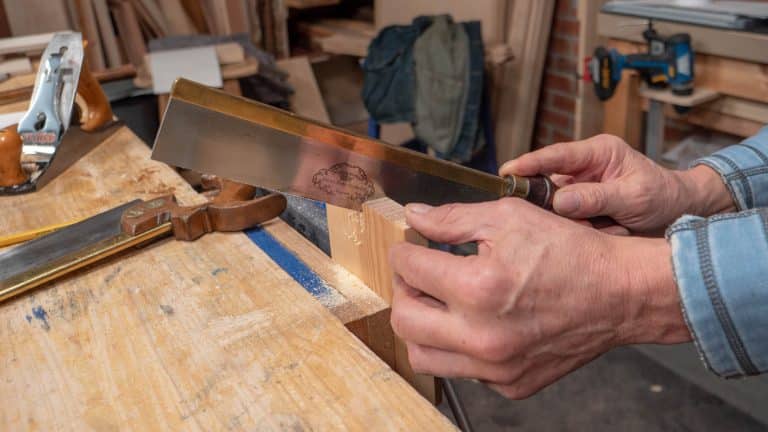
For the Angled Cuts exercise, the only tools you need is the saw, sliding bevel and the square. If you have all of these and a woodworkers knife, you can do the Crosscut and Ripcut exercise. For the Round Rod exercise, the only tool you need is a plane. So depending on your tool collection, there should be several exercises you can get started with. In some cases, adding just one more tool to your collection will allow you to have a go at several more exercises within the library, it is worth checking the tool list on each exercise before.
It’s important to master the basics before you move onto the courses such as the Chisel Tray or Hanging Wall Shelf, so take a look at the joint courses first. The 3 main woodworking joints (Dovetail, Mortise and Tenon and Housing Dado) are commonly found in many projects. Once you have perfected these skills, you will find each course becomes easier. Each course comes with a tool list so have a look through and see which ones you may need to buy in order to complete the course. Each tool is linked to a guide which will give you information for buying that particular tool. Once you have practised your joints, I would recommend completing the Spoon project, followed by the Spatula then you can use the dovetail skills you learnt on the Chisel Tray next.

From this point you should be confident with the basics and be able to pick and choose from the exercises and courses to suit your tool collection. We recommend building your tool collection up as you go as this will enable you to take part in more courses and exercises. These are constantly being added to so check back weekly for new content or you can change your notification preferences, if you want to receive alerts via email about new site content. Not signed up? You can do this here.
Let me know if you have any questions and I’d be more than happy to help. You can either leave a comment or use our contact form.
Izzy
Research and Content Creator for Common Woodworking

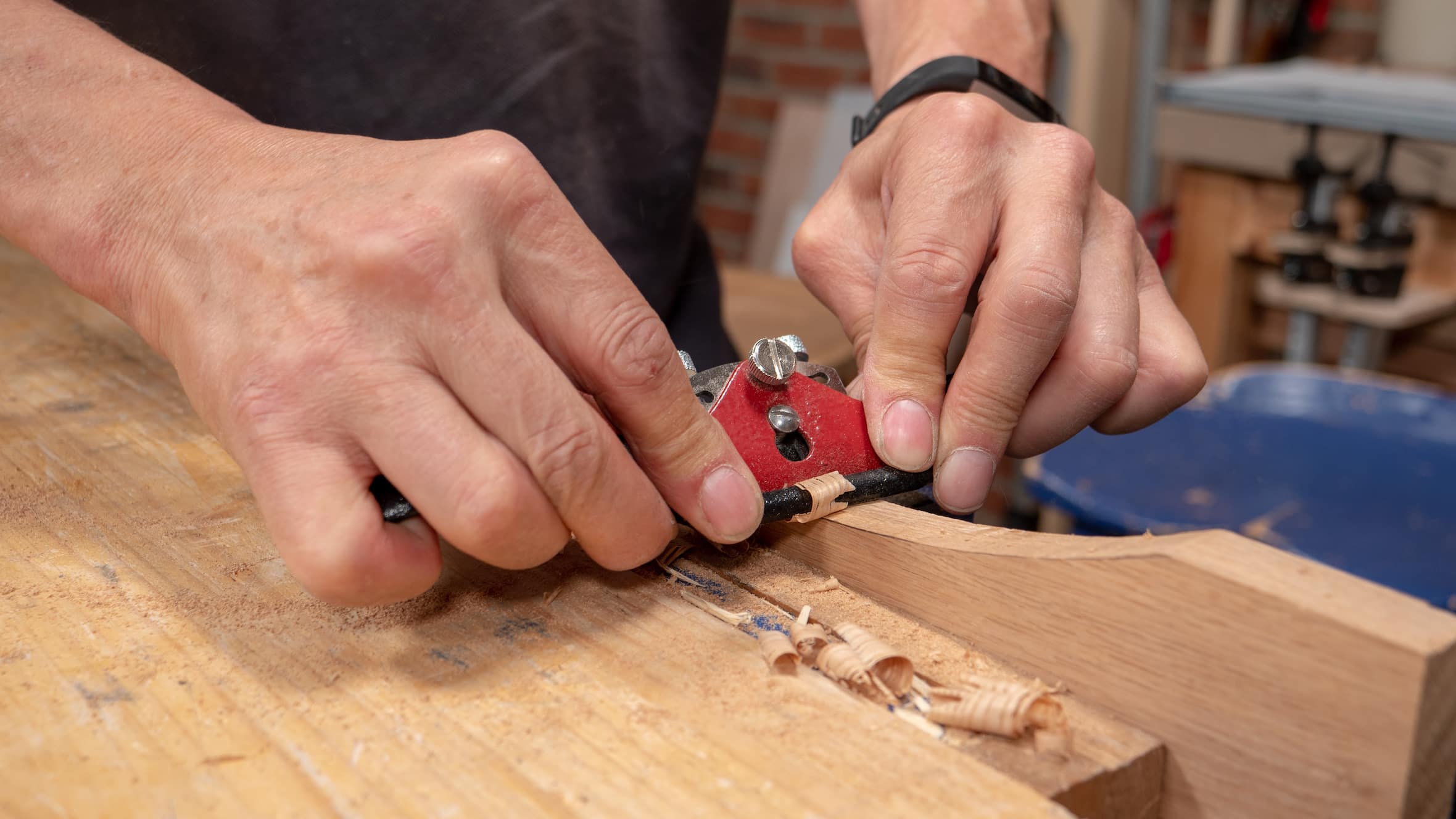
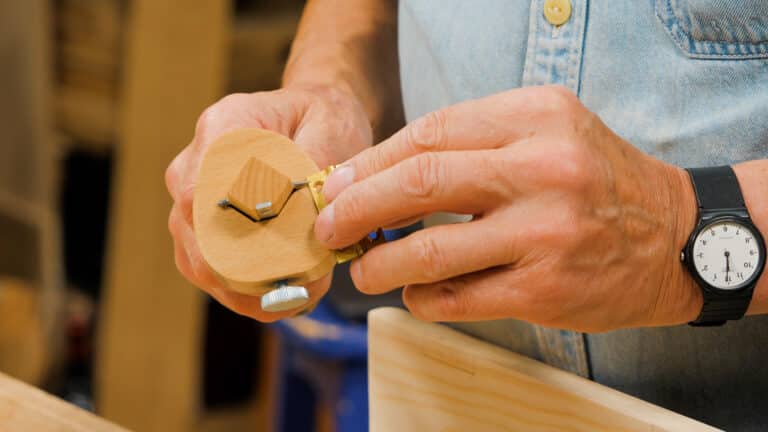
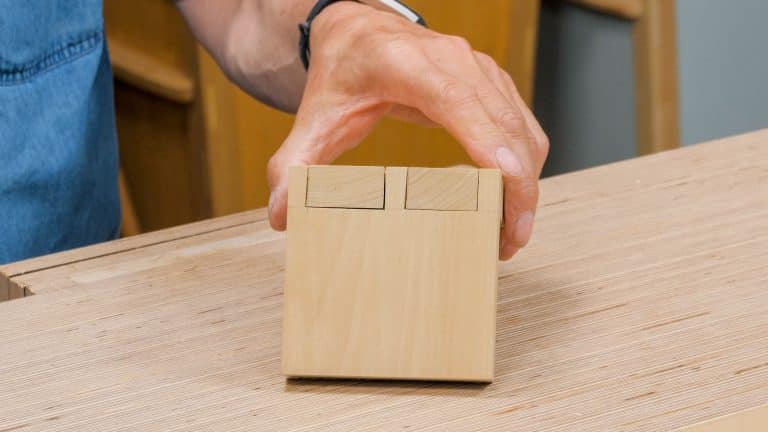
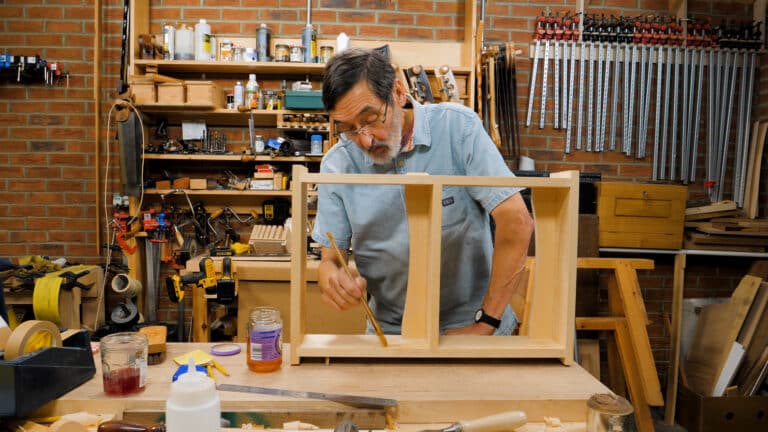
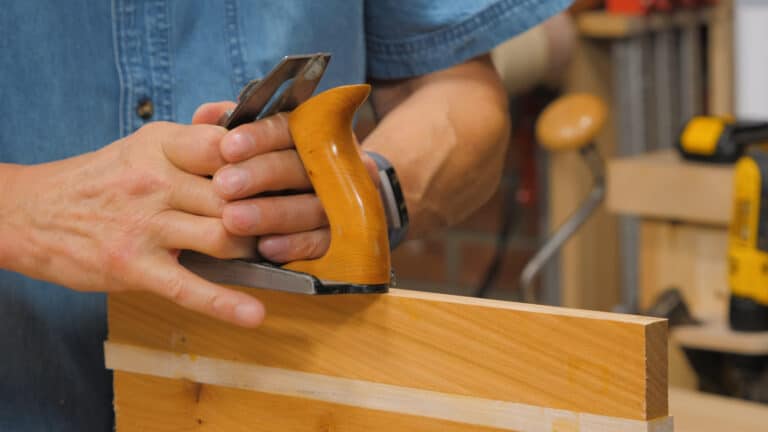
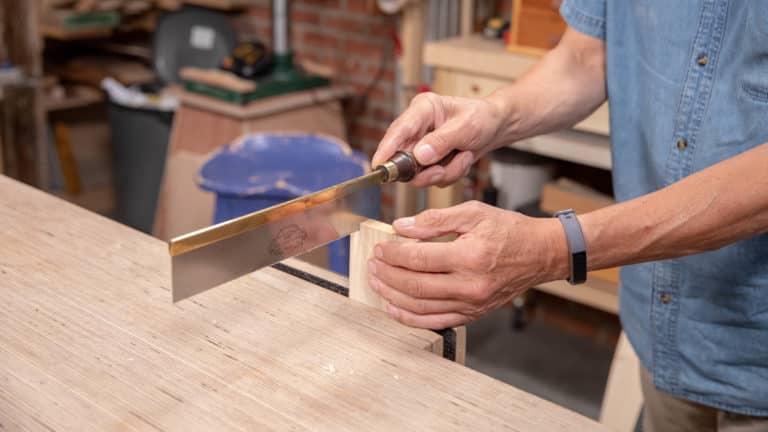
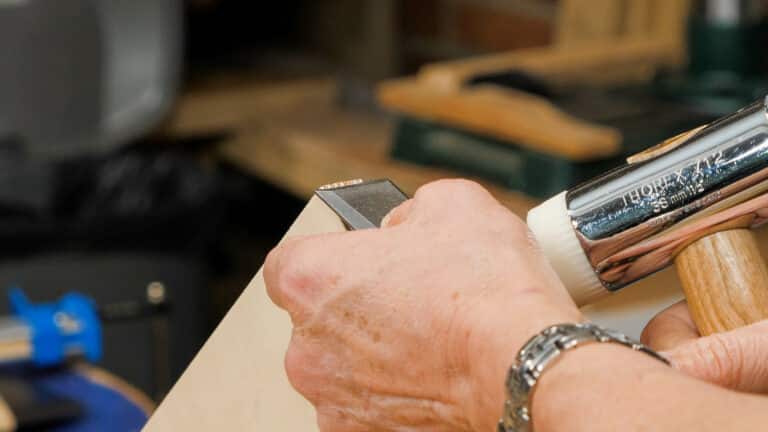
I really like the way you explain the very basics. Thanks!
Hi Jim,
I’m glad to hear this has helped!
Izzy
Hi Izzy,
Where would trueing stock and making winding sticks go in this list?
Many thanks
Hi Laurence,
The assumption is that beginner woodworkers start off with prepared stock to practise joinery.
Once you are familiar with the tools, then we recommend you learn to true your own stock.
Kind Regards,
Izzy
dear Izzy this site is amazing i can learn everything under one site.
bless you for all your hard work
Hi Marc,
Thank you for your kind words! I will be sure to pass these on to the rest of the team!
Kind Regards,
Izzy
Hi I’m starting my journey with woodworking and this is a great step by step guide for beginners. Thank you.
Best regards
Piotr
Hi Piotr,
Thank you for the kind words, I’m pleased to hear you’re finding our site useful!
Kind Regards,
Izzy
Izzy
Thanks very much. I do have some hand tools. I took a beginner’s woodworking course. Using power and hand tools. However my interest is in hand tools. I just purchase a quick release vise and invested in sharpening stones. I’m thinking I would like to build a workbench. I was thinking of the Moravian, which maybe more ambitious than is needed. So now I am wondering about building Paul’s. But I don’t see it on the site. Your thoughts? Miguel. Also. Happy to donate
Hey Miguel, Paul’s benches are on his blog. click here for the link. There are also plans for a plywood bench on Paul’s blog.
KATRINA, Thanks so much. I have looked at the site, and downloaded the cut list, tool list, and hardware list. I see that Paul recommends a 9″ vice. I have already purchased a Wood River 10 1/2″ vice with quick release. Can I assume my vice will work with this bench? https://www.woodcraft.com/products/woodriver-10-5in-quickrelease-vise?via=573621f469702d06760016cd%2C576328a869702d20ec000b2f%2C576419ee69702d3baa0002ef
Thanks, I am feeling very inspired to begin this wood working journey with Paul and you all. Miguel
KATRINA, Thanks so much. I have looked at the site and downloaded the cut list, tool list, and hardware list. I see that Paul recommends a 9″ vice. I have already purchased a Wood River 10 1/2″ vice with quick release. Can I assume my vice will work with this bench? https://www.woodcraft.com/products/woodriver-10-5in-quickrelease-vise?via=573621f469702d06760016cd%2C576328a869702d20ec000b2f%2C576419ee69702d3baa0002ef
Thanks, I am feeling very inspired to begin this wood working journey with Paul and you all. Miguel
Thank you for this wonderful site. I have acquired a number of tools from my late father and really want to explore woodworking. My question is, for a beginner, how can we acquire the stick for small projects already cut to size? It seems I would need a band saw or else lots of prep work just to prep the stock before starting these projects. Many thanks.